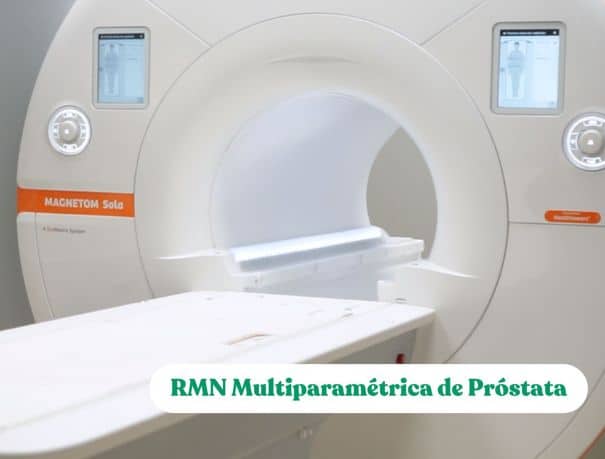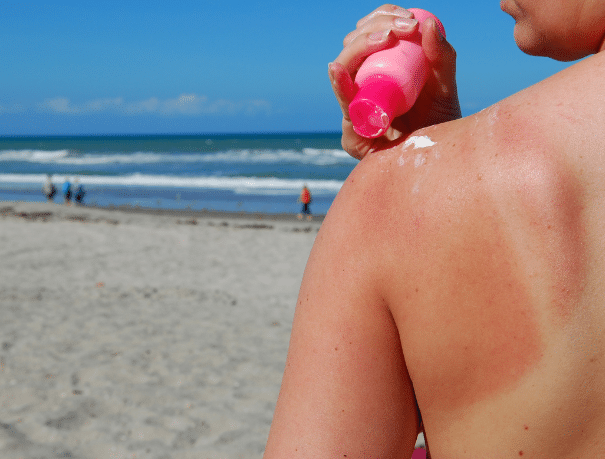Polysomnography
What does it consist of?
You will spend the night in a room at the CreuBlanca Clinic. After you get ready for sleep, one of the technicians will place sensors or electrodes on your scalp, temples, chest and legs with a soft adhesive, such as glue or tape. The sensors are connected via wires to a computer that monitors sleep stages and cycles. While you probably won’t sleep as well as you do at home, but this usually doesn’t affect your test results. An entire night’s sleep is not required to get accurate results from polysomnography.
After polysomnography, the sensors are removed and you can leave and resume your usual activities.
CASES IN WHICH IT IS RECOMMENDED
Who is it for?
Your doctor may recommend polysomnography if he or she suspects you have:
- Sleep apnea or other sleep-related breathing disorder. In this disorder, breathing stops and starts repeatedly during sleep.
- Syndrome of periodic movements of the legs. In this sleep disorder, the legs flex and extend involuntarily during sleep. This disorder is sometimes related to restless legs syndrome.
- Narcolepsy. In this disorder, you experience overwhelming sleepiness and sudden sleep attacks during the day.
- Rapid eye movement sleep behavior disorder. This sleep disorder consists of physically acting out dreams.
- Unusual behaviors during sleep. Your doctor may perform this test if you do unusual activities during sleep, such as walking, moving a lot or making rhythmic movements.
- Chronic insomnia with no apparent cause. If you’re continually having trouble falling asleep or staying asleep, your doctor may recommend polysomnography.

INSTRUCTIONS
How should you prepare?
You may be advised to avoid drinks or foods containing alcohol or caffeine during the afternoon and evening before polysomnography. Alcohol and caffeine can modify your sleep patterns and can aggravate the symptoms of some sleep disorders.
It is not advisable to nap in the afternoon before a sleep study. You may be asked to take a bath or shower before the sleep study. However, don’t put on lotions, gels, colognes, or makeup before the test, as they can interfere with the use of the electrodes.

Medical professionals
The specialists who will assist you at CreuBlanca
A team of professionals to take care of you.

Related articles
CreuBlanca's blog
You will find from the hand of our professionals tips to improve your health and information on the latest technologies applied in the medical health sector.
 Health tips
Health tips
Food Poisoning in the Summer | CreuBlanca Talks
 Health tips
Health tips
Multiparametric Prostate MRI
 Health tips
Health tips
